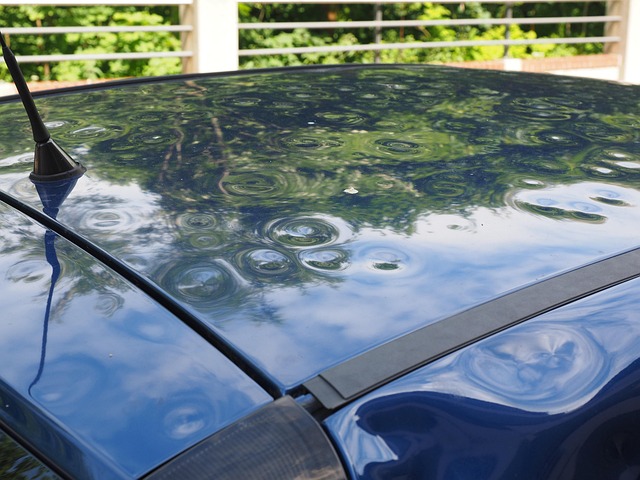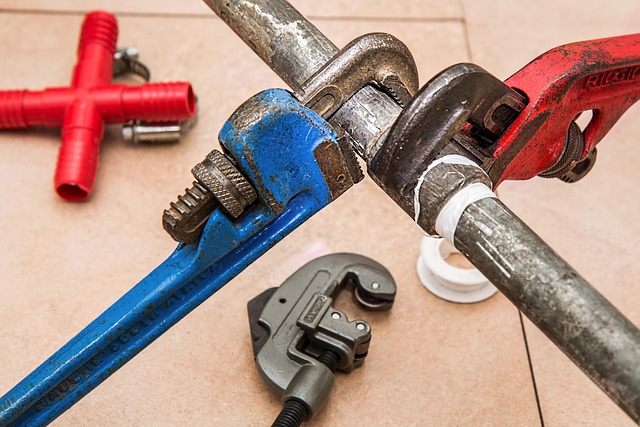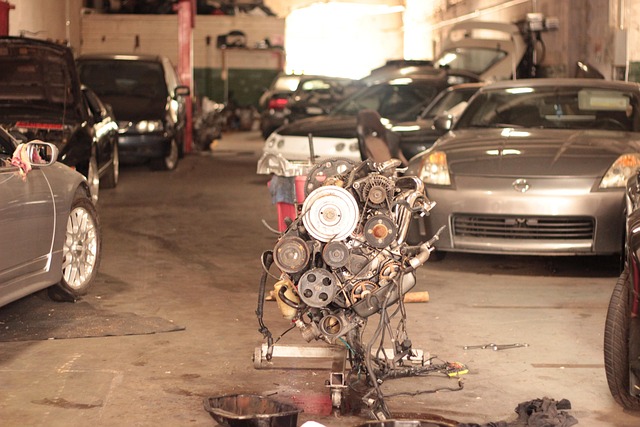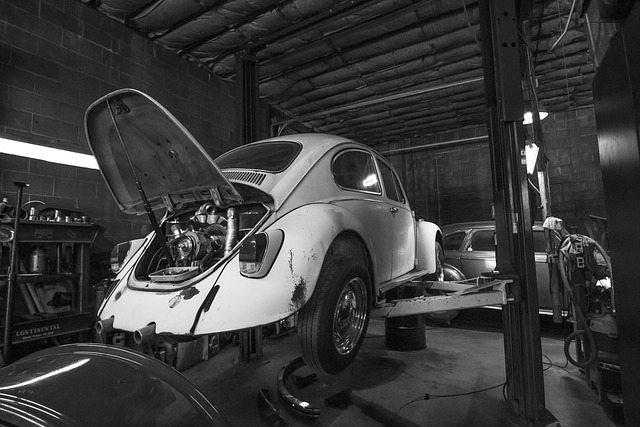Tesla Heat Pump Inspection is a crucial service that ensures your vehicle's climate control system operates efficiently and lasts longer. Mechanics use specialized tools to assess performance, detect leaks, verify heat exchange, and maintain temperature regulation. These inspections are similar to exterior vehicle care and preserve the eco-friendly benefits of Tesla's advanced heat pump technology. Using factory diagnostic tools allows owners to perform comprehensive analyses, preventing major repairs and saving money. A thorough inspection involves checking connections, measuring temperatures, examining compressor operation, refrigerant levels, and historical data comparison. Repairs should be handled by Tesla collision repair services for seamless heat pump operation.
“Uncover the secrets of your Tesla’s heating efficiency with a comprehensive heat pump inspection. This guide delves into the intricacies of Tesla heat pump systems, empowering owners with knowledge. By utilizing factory diagnostic tools, you can navigate a structured checkup process.
From understanding the system’s basics to following a step-by-step approach, this article ensures a thorough evaluation. Discover how these tools provide insights, enabling proactive maintenance. Optimize your Tesla’s performance and stay comfortable all year round with this essential guide to Tesla heat pump inspections.”
- Understanding Tesla Heat Pump Systems
- Unlocking Inspection with Factory Diagnostic Tools
- Step-by-Step Guide to a Comprehensive Heat Pump Checkup
Understanding Tesla Heat Pump Systems

Tesla Heat Pump Systems are revolutionary technology designed to efficiently heat and cool your vehicle, offering a sustainable alternative to traditional climate control systems. These systems utilize a heat pump, which moves heat from one location to another, extracting heat from the outside air (even in cold temperatures) and transferring it indoors to maintain a comfortable cabin temperature. This process significantly reduces energy consumption compared to resistance-based heating methods, making Tesla vehicles eco-friendly and cost-effective to operate.
During a Tesla Heat Pump Inspection, using factory diagnostic tools, mechanics can thoroughly assess the system’s performance. This includes checking for any leaks in the refrigerant lines (a common issue with heat pump systems), verifying proper heat exchange, and ensuring optimal temperature regulation. Much like an automotive body shop conducts meticulous fender repair or auto body work to restore a vehicle’s exterior, these inspections are crucial for maintaining the efficiency and longevity of Tesla’s advanced climate control technology.
Unlocking Inspection with Factory Diagnostic Tools

Tesla heat pump inspection can be a complex process, but with access to factory diagnostic tools, it becomes an efficient and accurate procedure. These tools are designed specifically for Tesla vehicles and provide a deep understanding of their systems. By using the same equipment that Tesla garages and authorized service centers employ, owners can unlock a comprehensive analysis of their car’s heat pump functionality.
The benefits extend beyond basic troubleshooting. With these diagnostics, one can identify potential issues early on, preventing major repairs like auto glass replacement or extensive car damage repair. For instance, it can pinpoint problems in the heat exchanger, compressor, or evaporator coils—similar to how a Mercedes-Benz repair shop might use advanced scans to diagnose engine performances. This proactive approach ensures optimal vehicle performance and saves owners time and money.
Step-by-Step Guide to a Comprehensive Heat Pump Checkup

Performing a thorough Tesla heat pump inspection is crucial to ensure optimal performance and longevity of your vehicle’s climate control system. Here’s a step-by-step guide using factory diagnostic tools designed by Tesla for an in-depth checkup. Begin by accessing the onboard diagnostics through the car’s infotainment system. Use the built-in scanner to retrieve codes, identifying any potential issues within the heat pump circuit. Next, visually inspect connections, checking for loose or damaged wires and signs of corrosion. Then, measure the temperature difference between the indoor and outdoor units using a dedicated thermometer, ensuring efficient heat transfer.
Delve into further diagnostics by examining compressor operation and refrigerant levels. Verify proper cycle operation during testing and compare readings to established norms. If discrepancies are found, consider comparing these results with historical data from previous inspections (if available). For comprehensive coverage, don’t overlook visual checks of the evaporator coils for any debris buildup or blockages, which can impede airflow and reduce efficiency. Lastly, consult Tesla’s collision repair and car paint services professionals if repairs or maintenance are required to ensure your heat pump operates seamlessly, providing drivers with comfortable interior temperatures throughout all seasons.
Conducting a thorough Tesla heat pump inspection using factory diagnostic tools equips owners with the knowledge to maintain and optimize their energy efficiency. By familiarizing ourselves with these systems and leveraging the available resources, we can ensure our homes remain comfortable while reducing energy costs. A proactive approach to monitoring your Tesla heat pump is a key step in maximizing its lifespan and environmental benefits.














